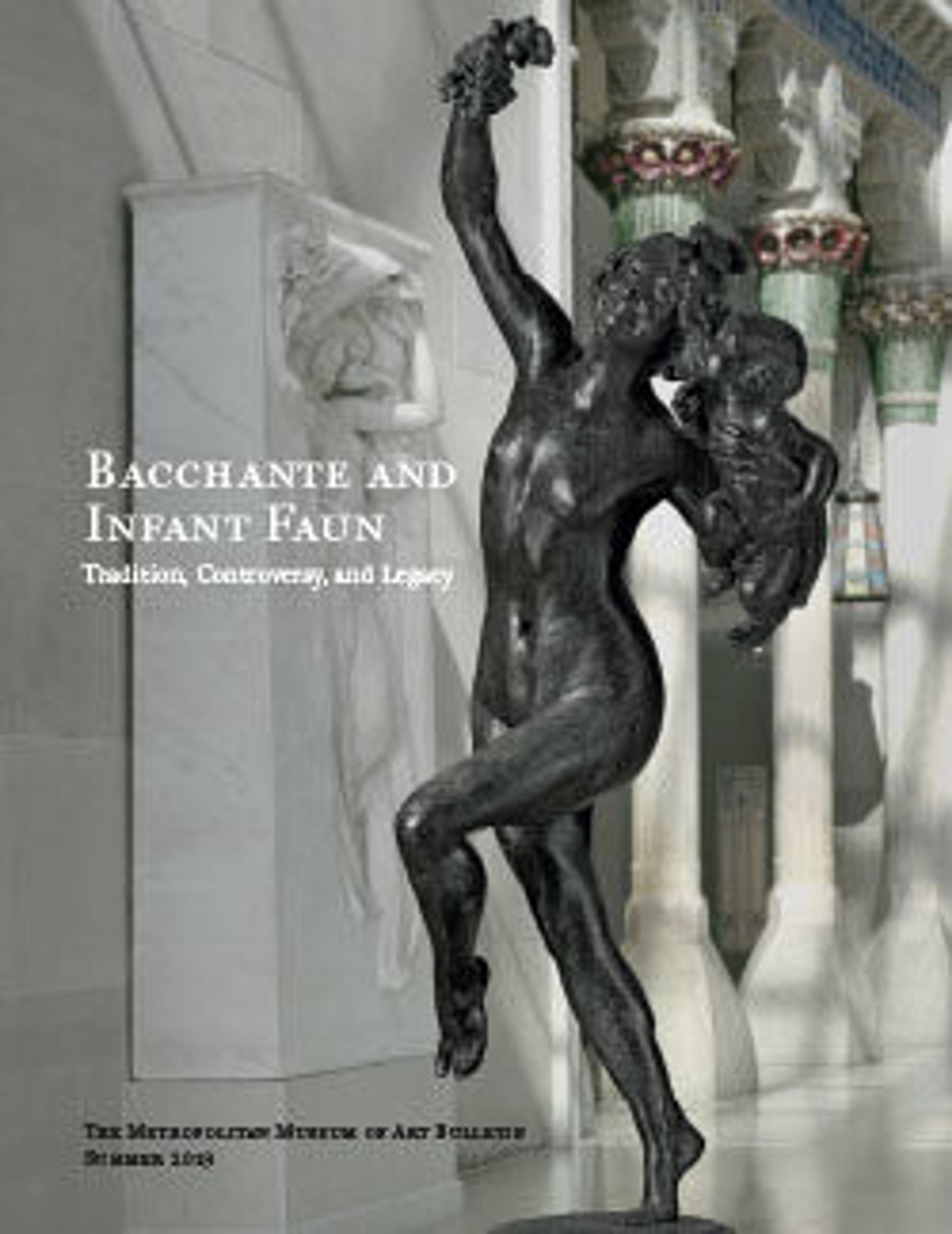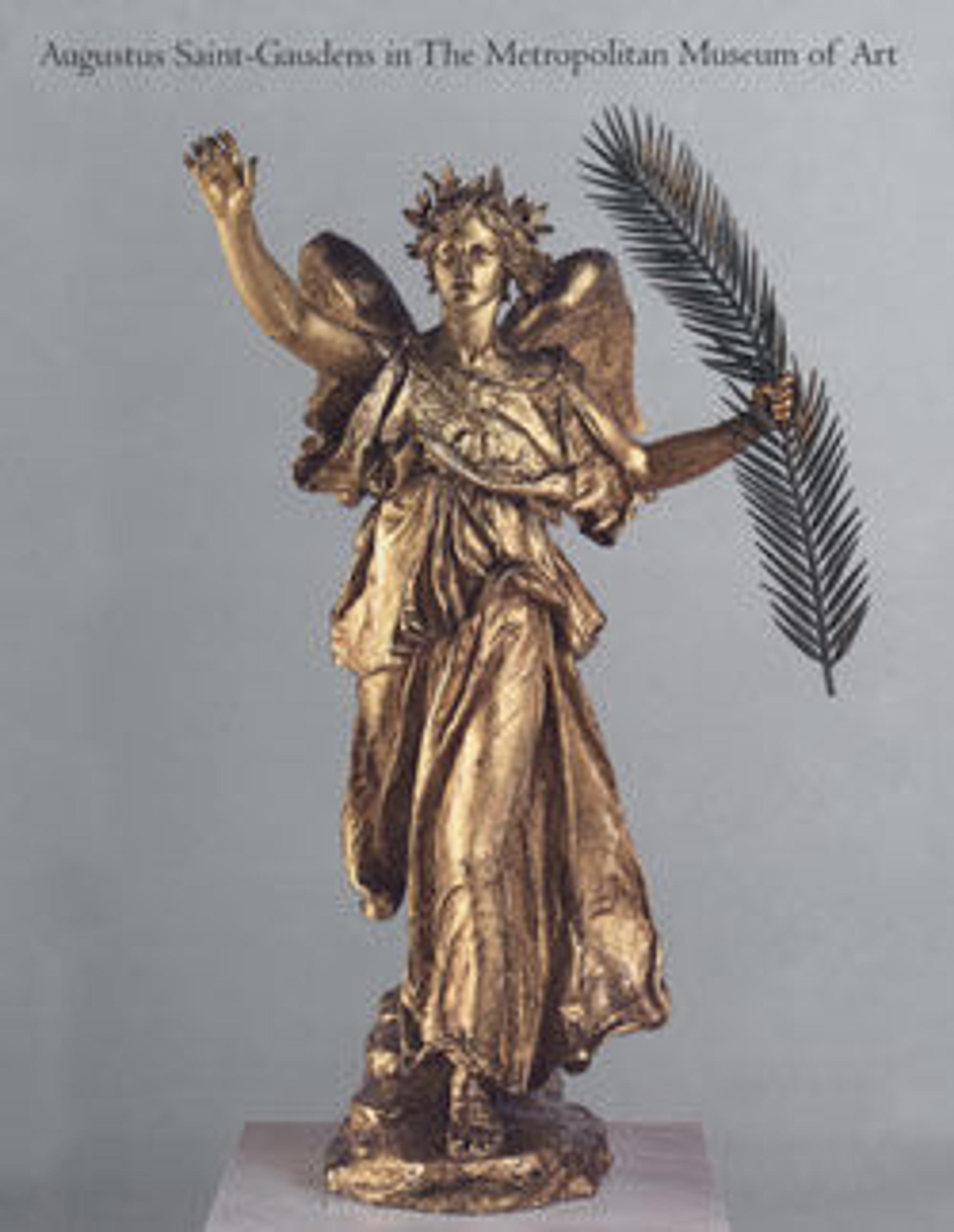
Bacchante and Infant Faun: Tradition, Controversy, and Legacy
In just three years, between 1893 and 1896, Frederick William MacMonnies’s Bacchante and Infant Faun evolved from a clay sketch in the artist’s Paris studio to the most controversial sculpture in the United States. Perceptions of the sculpture, which depicts an over life-size dancing woman who gleefully holds an infant in one arm and grapes aloft in the other, still range from provocative to innocuous. This Bulletin provides a close examination of Bacchante and Infant Faun, a work most frequently associated with the scandal that led to its acquisition: the public uproar over the impropriety of the figure’s nudity and her apparent inebriation spurred its original owner, architect Charles McKim, to withdraw it as a gift to the Boston Public Library and give it to The Met instead. While earlier studies focused almost exclusively on the controversy, this Bulletin takes a fresh look at one of the icons of the American Wing, from its origins in the artist's Beaux-Arts training to its place in the rich tradition of the bacchante as a subject of eighteenth- and nineteenth-century art.
Met Art in Publication
You May Also Like
Press the down key to skip to the last item.




